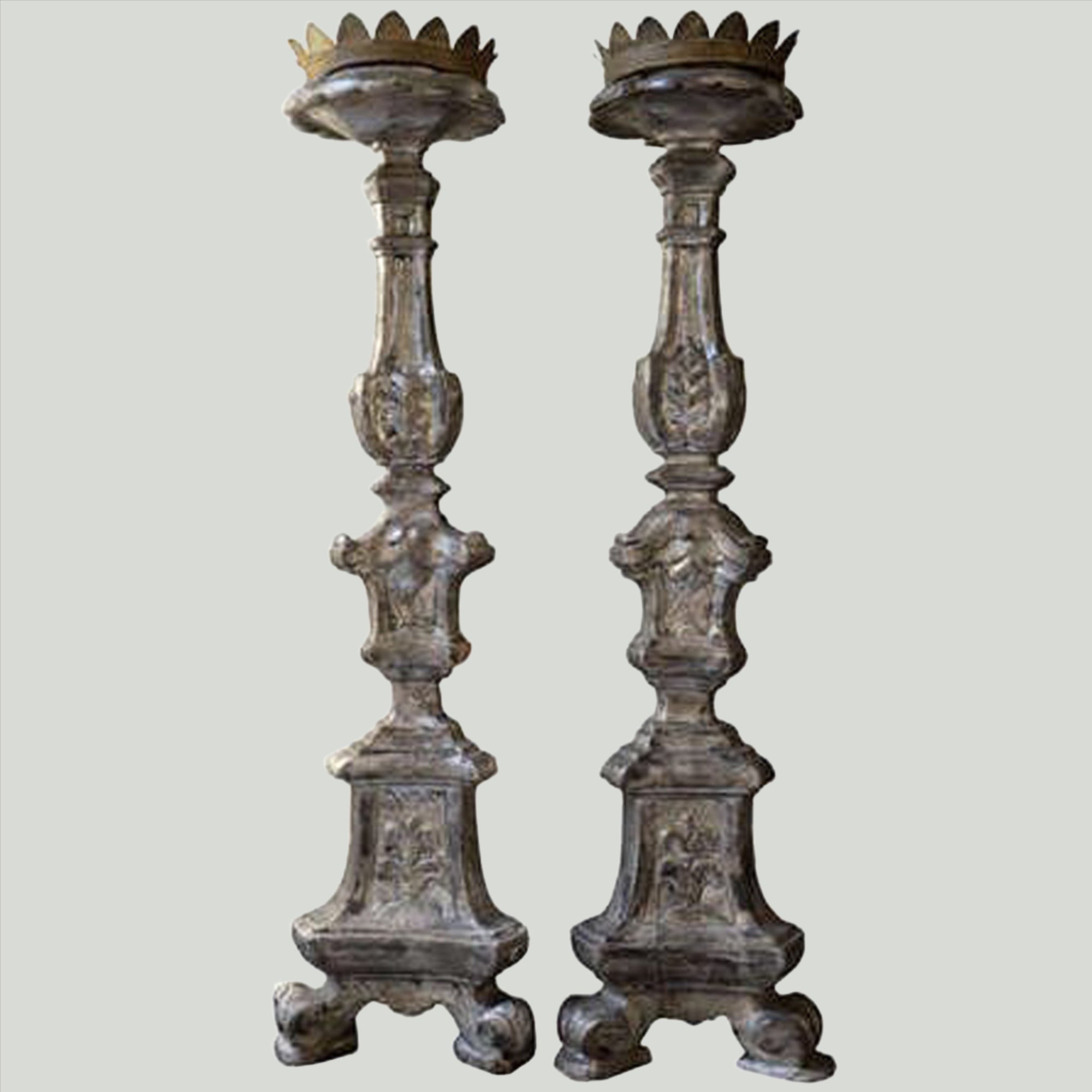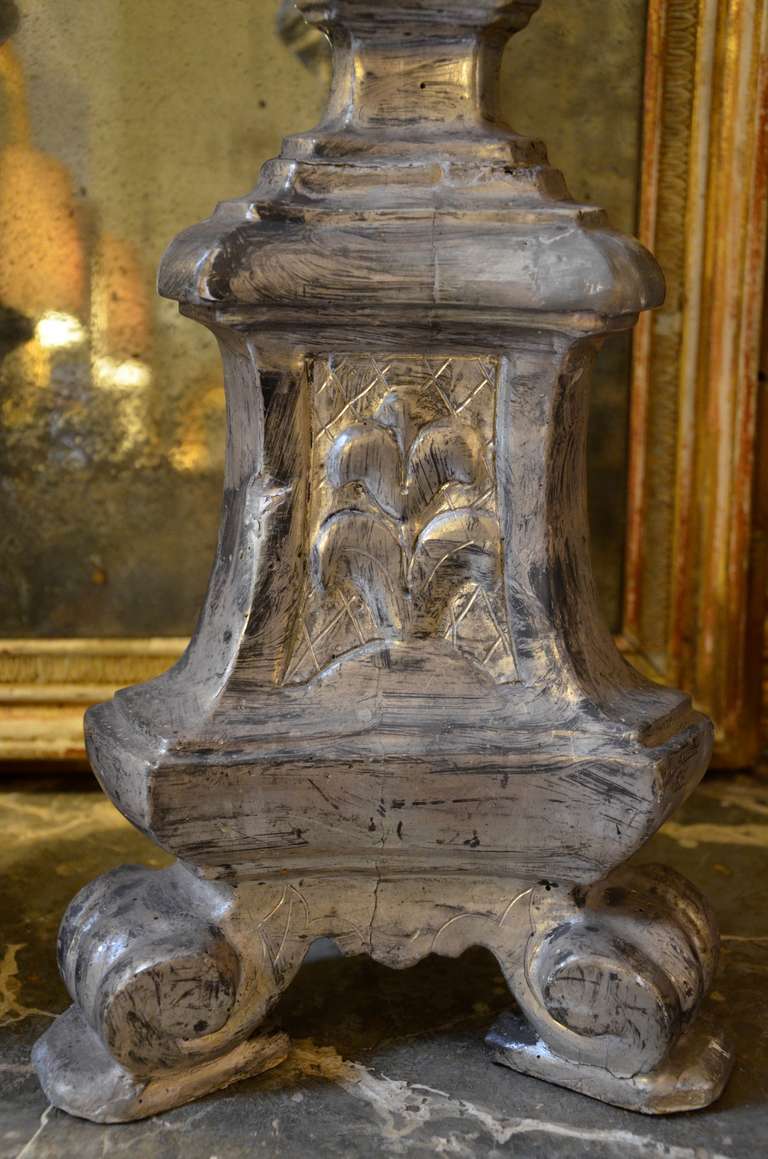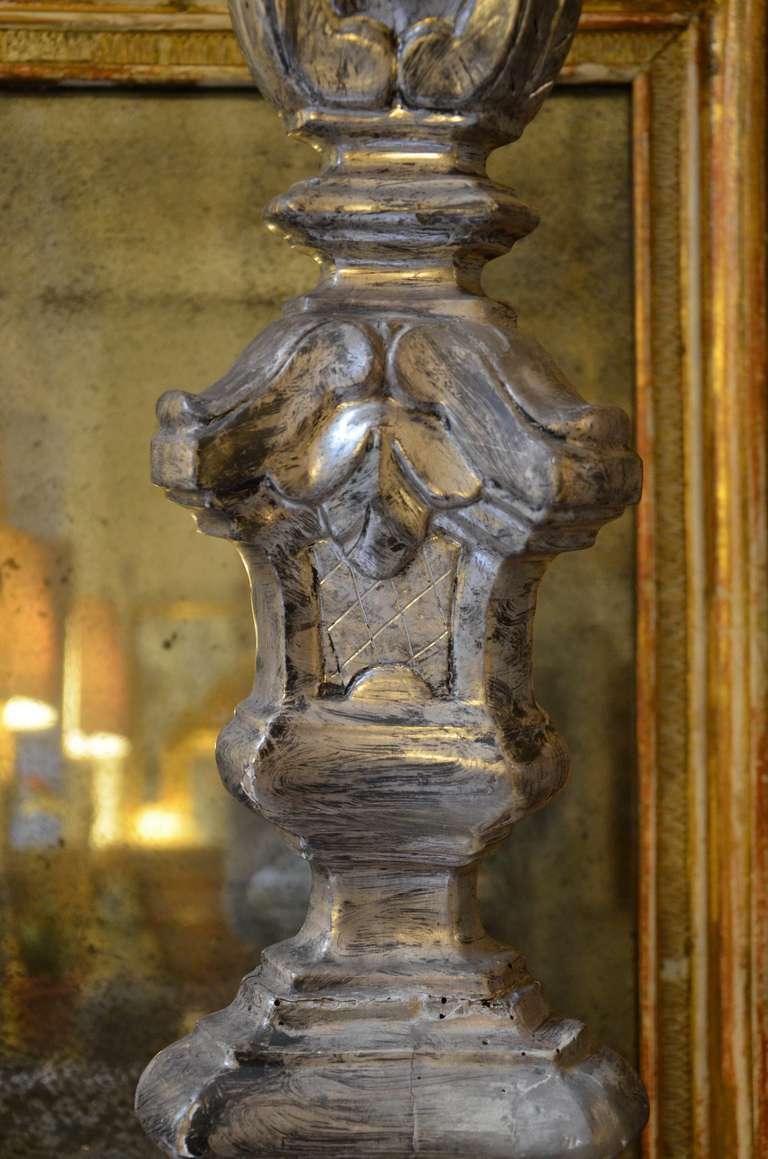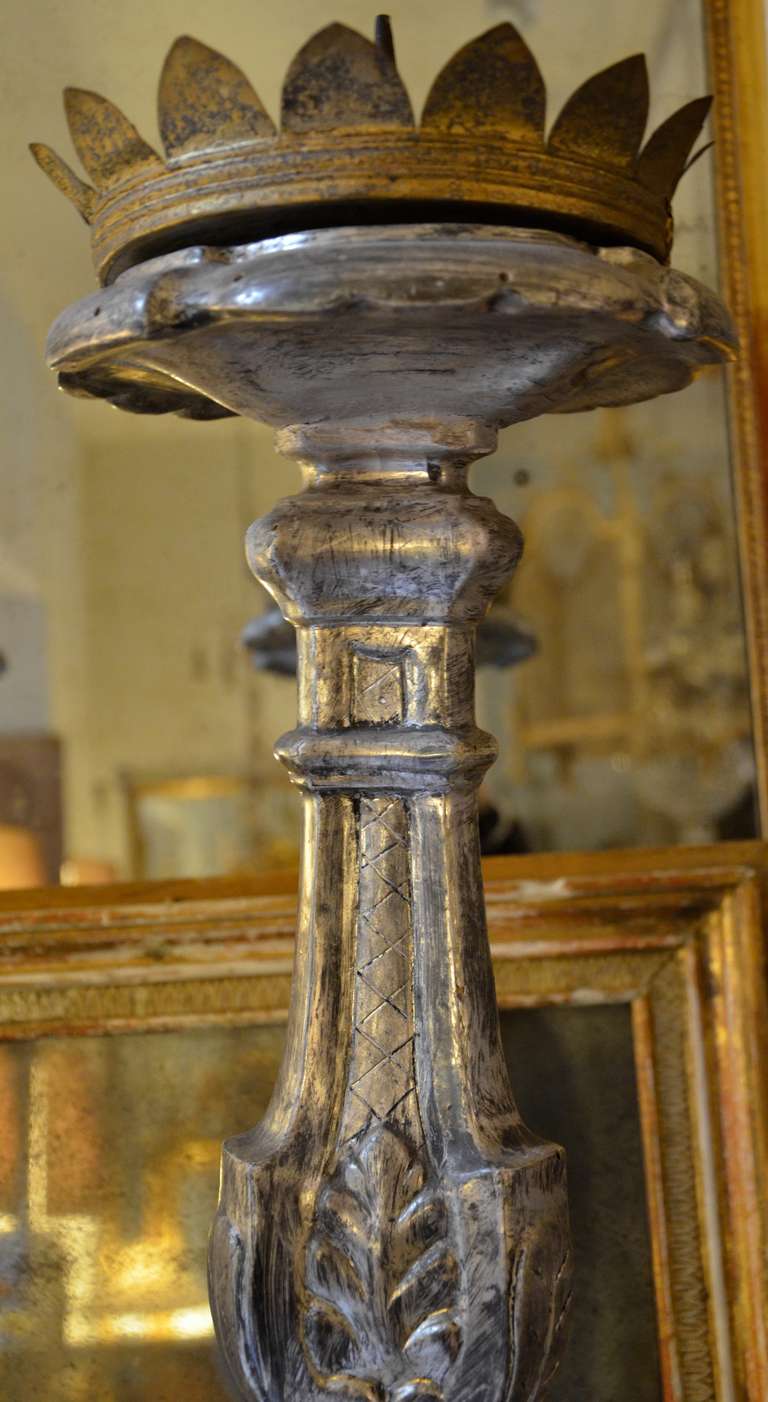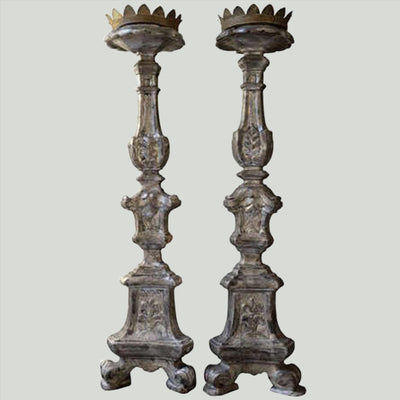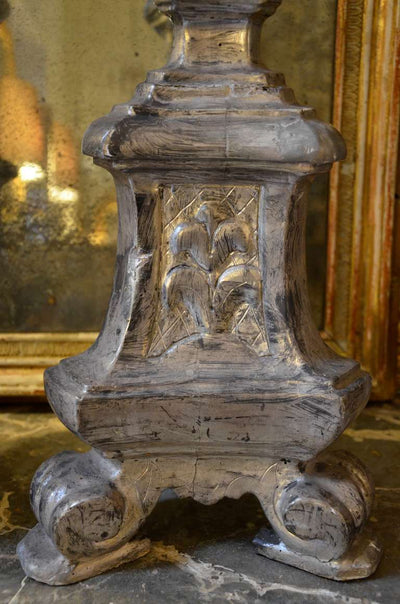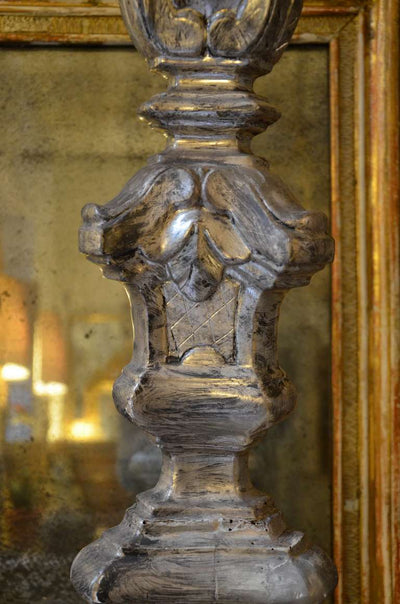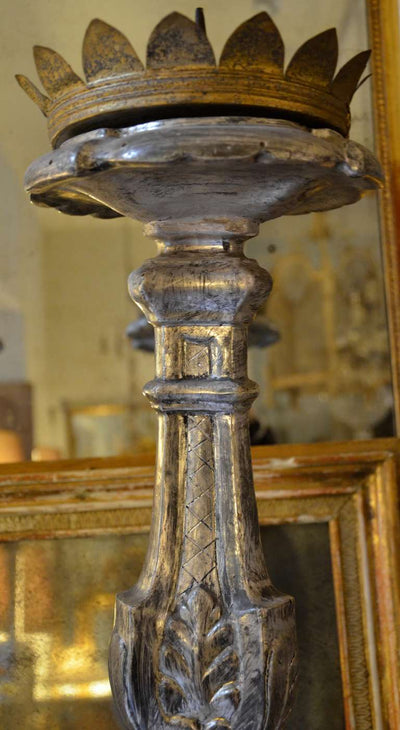Your Cart is Empty
- Shop
- Furniture
- Decor
- Accessories & Sculpture
- Artwork
- Barware & Serveware
- Candle Holders
- Centerpieces
- Coasters
- Decorative Boxes
- Decorative Trays
- Decorative Plates & Chargers
- Holiday - Xmas
- Holiday - Autumn & Halloween
- Mirrors & Screens
- Pet Accessories
- Wall Sculpture
- Vases & Bowls
- Pillows
- Picture Frames
- Placemats & Table Runners
- Lighting
- In Stock

